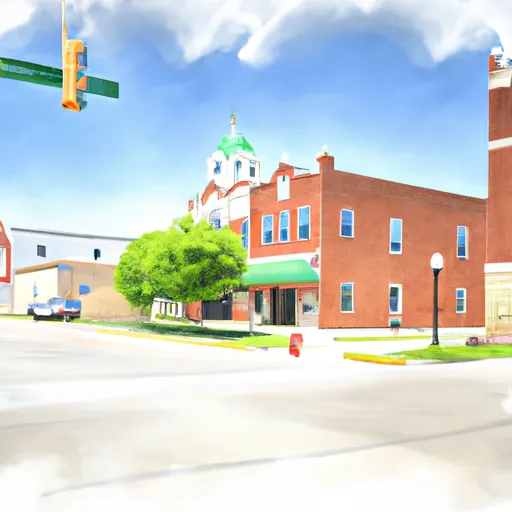°F
°F
mph
Windspeed
%
Humidity











Cooper, Iowa is a small town located in the central part of the state. The climate in Cooper is classified as humid continental, with hot summers and cold winters. The town is situated in a region with a mix of prairie and forest ecosystems, and is surrounded by several small lakes and streams. The primary hydrology constituents in the area include surface water and groundwater, with several wells and water treatment plants serving the local population. Outdoor recreation opportunities in Cooper include fishing, boating, hiking, and camping in nearby parks and nature preserves. The town also has several community parks and sports facilities, including a swimming pool, tennis courts, and ball fields.
Weather Forecast
Cooper receives approximately 845mm of rain per year, with humidity levels near 83% and air temperatures averaging around 10°C. Cooper has a plant hardyness factor of 5, meaning plants and agriculture in this region thrive during a short period during spring and early summer. Most plants will die off during the colder winter months.
Regional Streamflow Levels
165
Cubic Feet Per Second
14
Cubic Feet Per Second
100
Cubic Feet Per Second
63
Cubic Feet Per Second
Nearby Camping
| Camping Area | Reservations | Toilets | Showers |
|---|---|---|---|
| Flandrau State Park | |||
| Eagle Nest Park | |||
| Watona City Park | |||
| Truman City Park | |||
| Clear Lake Co Park | |||
| Oak Leaf Park |



